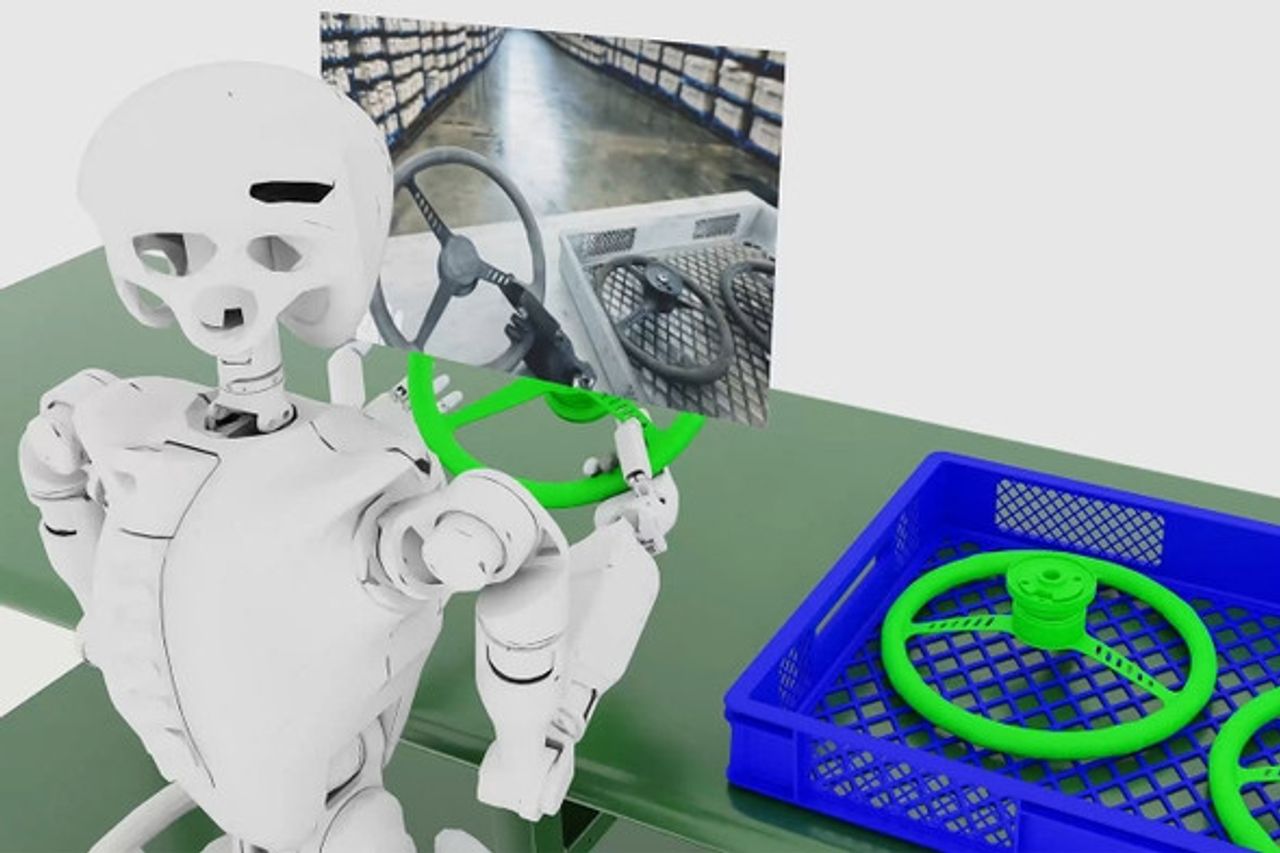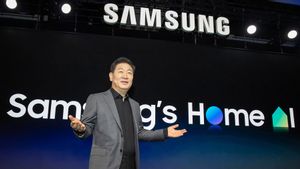NVIDIA Launches Autonomous And Robotic Vehicle Development AI Model, What's The Advantage?

JAKARTA - In CES 2025, NVIDIA launched NVIDIA Cosmos, a state-of-the-art platform designed to encourage the development of physical AI systems such as autonomous vehicles (AVs) and robots.
NVIDIA Cosmos is claimed to be able to help developers answer challenges in creating physical AI models that require huge costs to be developed, require huge amounts of real-world data, as well as extensive trials.
With Cosmos, developers can easily create large amounts of physics-based photorealistic synthetic data to train and evaluate their models. In addition, they can also customize their models with additional adjustments.
The ChatGPT moment for robotics is coming soon. Like a big language model, the world's basic models are critical to advancing robot and AV development, but not all developers have the expertise and resources to train themselves, "said Jensen Huang, founder and CEO of NVIDIA.
Cosmos models are available with open licenses to support the robotics and AV communities. A number of leading companies in the fields of robotics and automotives such as Uber, XPENG, Agility, and Waabi, have also adopted Cosmos to accelerate the development of their technology.
"We created Cosmos to democratize physical AI and put common robotics within the reach of each developer," Jensen added.
NVIDIA Cosmos offers a variety of flagship features, including generating physics-based videos from input combinations such as text, images, videos, and robotic sensor data.
SEE ALSO:
Then, the NVIDIA Cosmos Tokenizer is also able to convert images and videos into tokens with efficiency 12 times faster than other tokenizers.
With the help of NVIDIA NeMo Curator and platform NVIDIA Blackwell, this pipeline can process 20 million hours of video in 14 days, compared to more than three years if it only uses a CPU.
Developers can use Cosmos to train the model, fix it with reinforcement learning, or test its performance in various simulated scenarios.


